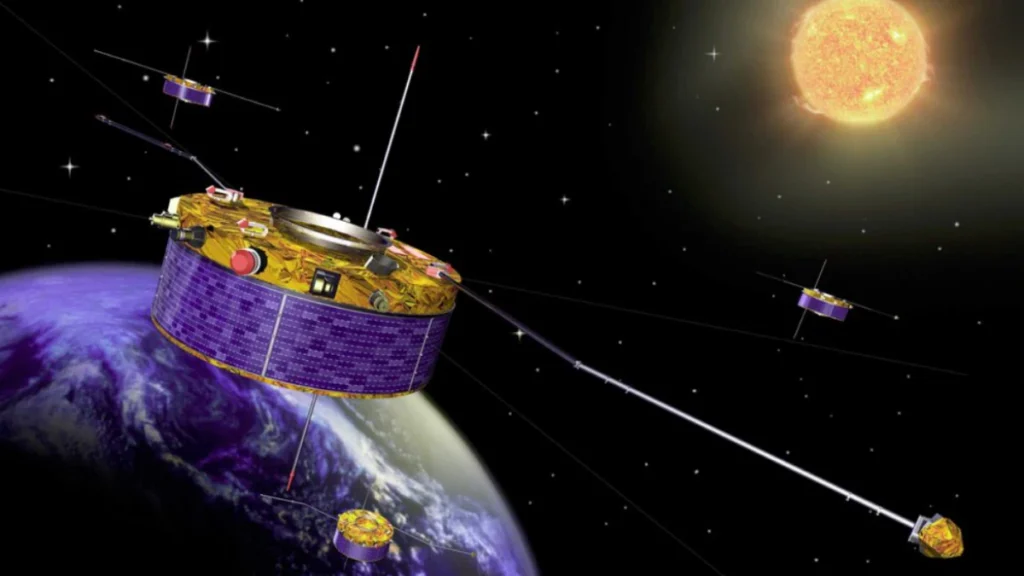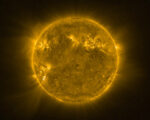ESA to Monitor Salsa Satellite’s Reentry Live, Aiming for Safe Landing in the South Pacific Ocean
The European Space Agency (ESA) will oversee a notable event as the first of four Cluster satellites, designated “Salsa,” re-enters Earth’s atmosphere. This satellite, which was part of the ESA’s Cluster mission aimed at studying Earth’s magnetosphere, is scheduled to burn up in a controlled reentry over a remote section of the South Pacific Ocean. The reentry presents a rare opportunity for scientists to observe the satellite’s final descent and collect valuable data that could enhance future space missions.
Understanding the intricacies of satellite reentry is crucial for advancing space safety and sustainability. Despite nearly 70 years of space exploration and the reentry of approximately 10,000 intact satellites and rocket bodies, there remains limited knowledge about the precise dynamics of reentry. This gap in understanding can impact the design and disposal processes of satellites, making this event particularly significant for scientific research.
ESA, in collaboration with Astros Solutions, is taking a proactive approach to fill this knowledge gap through an innovative airborne observation experiment. A team of scientists will be positioned aboard a specialized aircraft to closely monitor and collect data on the breakup process of the Salsa satellite. This data is expected to be instrumental in refining satellite reentry protocols and improving the design of future spacecraft to ensure safer disposal after their operational lives.

The reentry of Salsa is not only a technical achievement but also an important step toward developing more sustainable space practices. By studying how satellites break apart and interact with the atmosphere, scientists can better predict the potential risks and improve the safety measures associated with satellite disposal. This knowledge will be crucial for mitigating space debris and minimizing the impact of space missions on the environment.
The South Pacific Ocean has been chosen as the targeted reentry zone due to its remote and sparsely populated nature, which significantly reduces the risk of harm to people and property. This careful planning underscores the commitment to safety and environmental responsibility in space operations. The controlled reentry of Salsa will help ensure that any debris resulting from the satellite’s disintegration will fall into a safe and isolated area.
Overall, the reentry of the Salsa satellite represents a pivotal moment in the quest to enhance our understanding of satellite reentry dynamics. The data collected will not only contribute to the scientific community’s knowledge but also support the development of improved technologies and practices for future space missions, promoting safer and more sustainable exploration of space.


















